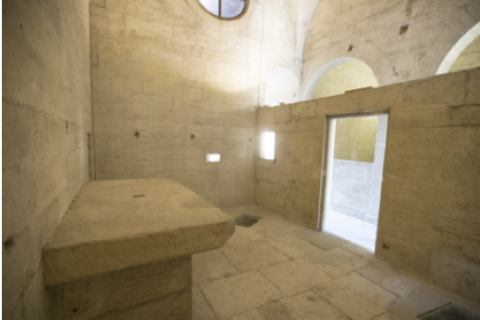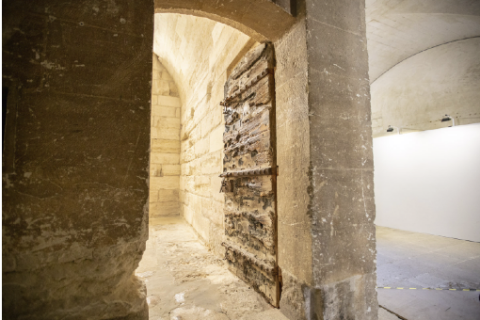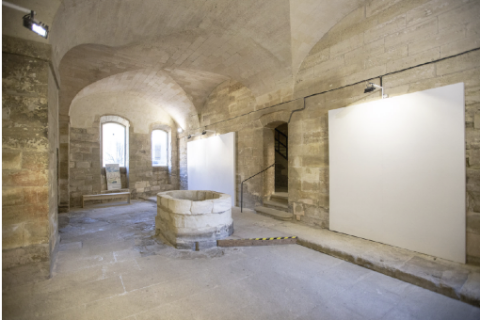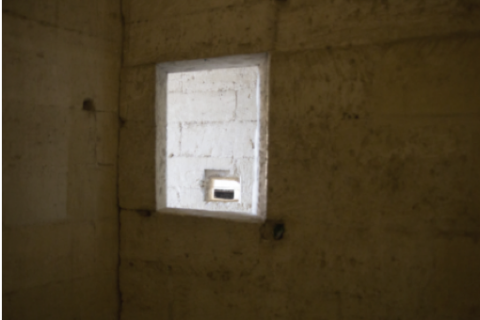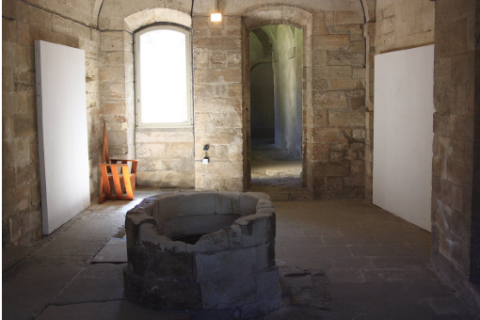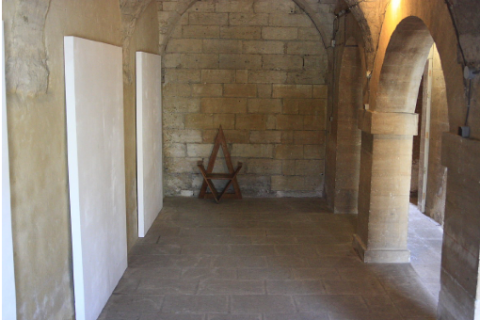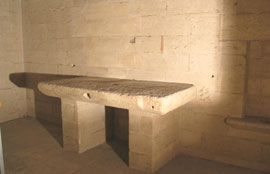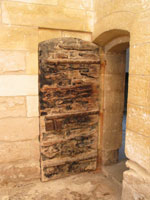 THE PRISON
THE PRISON
The Carthusian monasteries from the Middle Ages often held prisons, which were used up until the time of the French Revolution despite the royal edicts. After the Revolution, in the Carthusian monasteries where monks resumed residence, all the prisons were destroyed. From then on, all matters regarding imprisonment belonged solely to the judicial branch of the French government. Historians have long wondered above the proximity of the Bugade and the prison. It is thought that the Carthusians who were imprisoned could benefit from the heat of the laundry room, from the company of the laundry-washing brothers and their nearly constant presence.Carthusians were imprisoned when they broke the monastery rules such as going out without authorization, poor behaviour, arriving late to church or practicing alchemy. For the brothers, who did not live in isolation like the fathers did, other reasons for going to prison would be having money or having relations with women.
The prison could also serve as an asylum for the mentally ill.
The seven prison cells were located on two levels, three on the ground floor near La Bugade and four upstairs. The cells were very small, approximately 12m² and the penitents had a table and a bed. In each cell there was a small window looking out on an altar, thus the imprisoned brothers and fathers could follow the liturgy despite being in prison.


